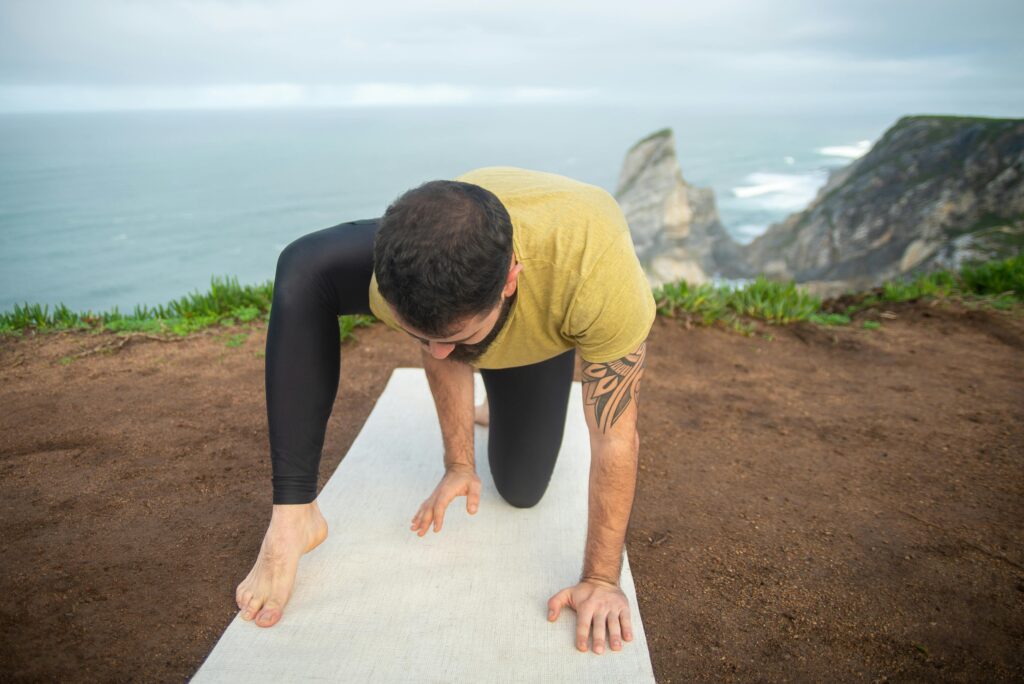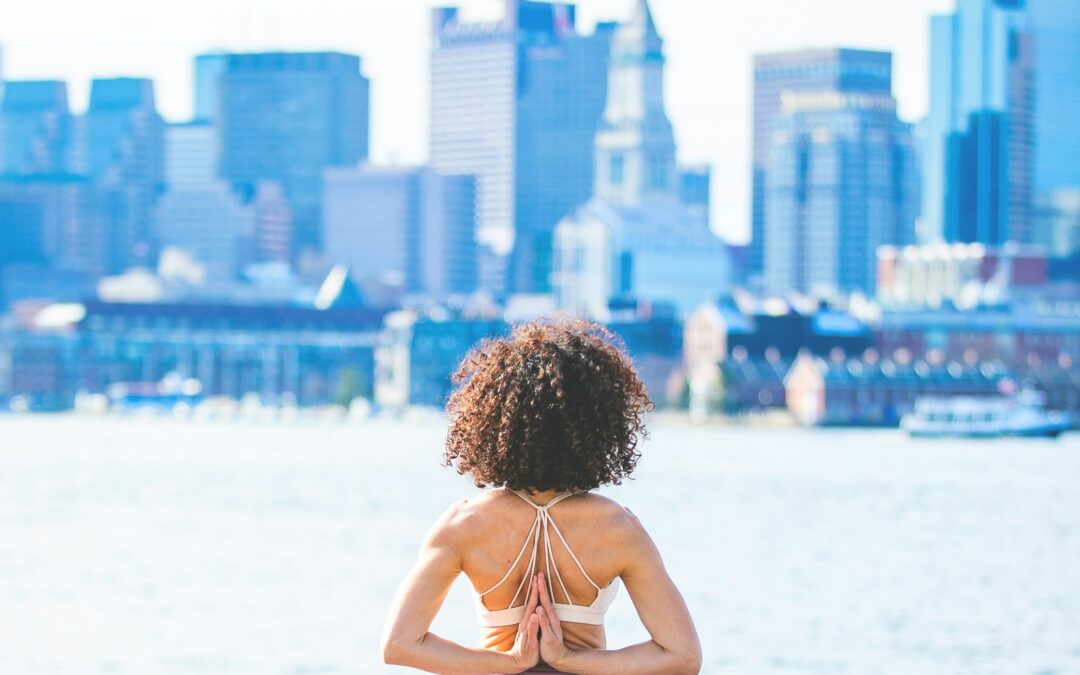Experiencing lower back pain can be a common issue, whether it stems from prolonged sitting, heavy lifting, or even stress. Yoga offers a natural and effective way to alleviate discomfort and improve overall spinal health. By incorporating specific yoga poses for the lower back into your routine, you can strengthen the muscles supporting your back, increase flexibility, and reduce tension.
Understanding the link between lower back pain and yoga
Yoga offers numerous benefits for individuals suffering from lower back pain. These include:
- Improved flexibility — Regular yoga practice increases the flexibility of the muscles and joints, reducing stiffness and discomfort in the lower back.
- Strengthened core — Many yoga poses engage the core muscles, providing better support for the spine and reducing the risk of injury.
- Enhanced posture – Yoga promotes better alignment and posture, which can prevent and alleviate lower back pain caused by poor posture.
- Relieved stress — The combination of physical movement, breathwork, and mindfulness in yoga helps reduce stress, which can contribute to muscle tension and pain.
- Increased awareness — Yoga encourages body awareness, helping you recognize and correct habits that may contribute to lower back pain.

Essential yoga poses for lower back pain relief
Here are some yoga poses that are particularly beneficial for relieving lower back pain. These poses are designed to stretch and strengthen the muscles surrounding your spine.
- Cat-cow pose (Marjaryasana-Bitilasana)
This dynamic movement between two poses helps warm up the spine, promoting flexibility and easing tension in the lower back. Start on your hands and knees in a tabletop position. As you inhale, arch your back and tilt your pelvis up, lifting your head and tailbone towards the ceiling (Cow Pose). Exhale and round your spine, tucking your chin to your chest and drawing your belly button towards your spine (Cat Pose). Repeat this flow for several breaths.
- Child’s pose (Balasana)
Child’s Pose is a restful posture that stretches the lower back and hips, promoting relaxation. Kneel on the floor, sit back on your heels, and fold forward, extending your arms in front of you or resting them alongside your body. Allow your forehead to touch the mat, and breathe deeply, focusing on releasing tension in your lower back.
- Downward-facing dog (Adho Mukha Svanasana)
This pose stretches the entire back, including the lower back, while strengthening the shoulders and core. Start on your hands and knees, tuck your toes, and lift your hips towards the ceiling, forming an inverted V-shape. If needed, keep your knees slightly bent and press your hands firmly into the mat. Hold for several breaths, feeling the stretch along your spine.
- Sphinx pose (Salamba Bhujangasana)
Sphinx Pose gently stretches the lower back and opens the chest, helping to alleviate pain and improve posture. Lie on your stomach with your legs extended behind you. Place your elbows under your shoulders and forearms on the mat, and lift your chest, keeping your lower abdomen and hips grounded. Hold this position, breathe deeply, and focus on relaxing your lower back.
- Pigeon pose (Eka Pada Rajakapotasana)
Pigeon Pose targets the hips and glutes, which can contribute to lower back pain if tight. Bring your right knee forward from a downward-facing dog position and place it behind your right wrist. Extend your left leg back, keeping your hips square. Lower your torso over your right leg and rest on your forearms or forehead. Hold for several breaths, then switch sides.
- Supine twist (Supta Matsyendrasana)
This pose releases tension in the lower back and promotes spinal flexibility. Lie on your back with your knees bent and feet flat on the floor. Extend your arms out to the sides in a T shape. As you exhale, lower your knees to the right, turning your head to the left. Hold for several breaths, feeling the gentle stretch in your spine. Repeat on the other side.
- Bridge pose (Setu Bandhasana)
Bridge Pose strengthens the muscles of the lower back, glutes, and hamstrings and provides support to the spine. Lie on your back with your knees bent and feet hip-width apart. Press your feet into the mat and lift your hips towards the ceiling, clasping your hands under your back if comfortable. Hold for several breaths, then slowly lower your hips back to the mat.
- Legs up the wall (Viparita Karani)
This restorative pose helps relax the lower back and improve circulation. Sit close to a wall and swing your legs up onto the wall as you lower your back to the floor. For added support, place a folded blanket under your hips. Rest in this position for several minutes, focusing on deep, calm breathing.
- Happy baby pose (Ananda Balasana)
Happy Baby Pose gently stretches the lower back and inner thighs, releasing tension. Lie on your back and draw your knees towards your chest. Hold onto the outer edges of your feet, keeping your knees bent and open wide. Gently rock side to side, massaging your lower back against the mat.
- Reclining hand-to-big-toe pose (Supta Padangusthasana)
This pose stretches the hamstrings and lower back, improving flexibility. Lie on your back with your legs extended. Use a strap or towel around the sole of your right foot. As you exhale, lift your right leg towards the ceiling, keeping your left leg grounded. Hold for several breaths, then switch sides.
Discover your path to wellness through Yoga Holmes
Experience the transformative power of yoga poses for lower back pain with Yoga Holmes. Whether you’re a beginner or a seasoned practitioner, our online classes cater to all levels, offering guidance and support from experienced instructors. Enjoy the convenience of practicing yoga at home with our on-demand courses, designed to help you alleviate lower back pain and enhance your overall well-being. Reach out to Yoga Holmes today to start your journey towards a pain-free lower back. Our supportive community and expert instructors are here to help you find balance, strength, and flexibility through the practice of yoga.


